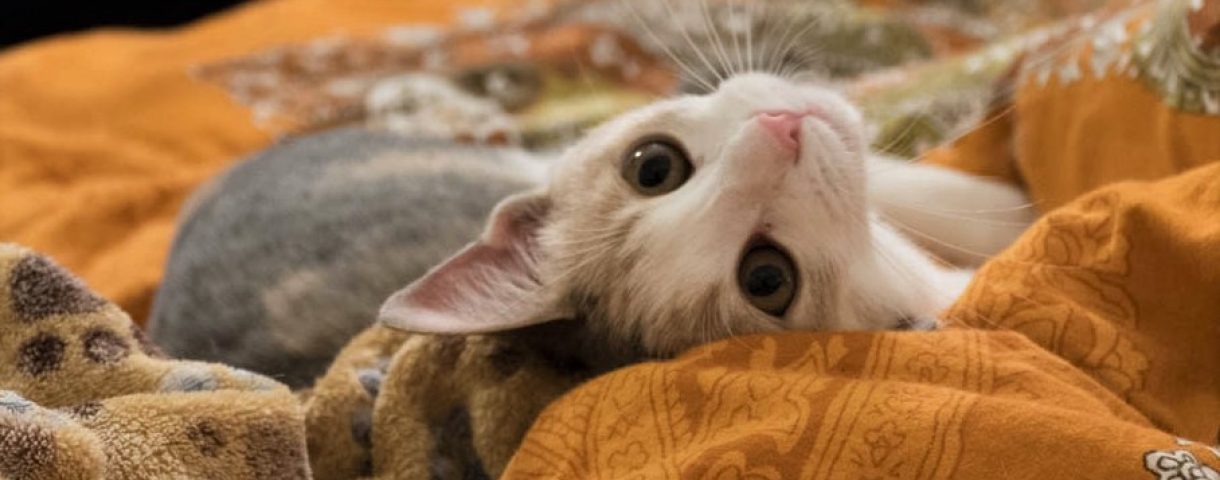On Thursday I am scheduled to have a skeletal survey (my last one was in January 2006, no bone lesions). I remember my first one, done in 2003, when I still had MGUS. The X-ray technician looked over my GP’s request, and asked Is this really necessary? You are still young, I mean, don’t you want to have children? Still young? Children? At the time, I was puzzled, but I told him to go ahead with the X-rays. I have since been reminded that X-rays are very bad for you (radiation! Of course! What was I thinking?!). When exposed to X-rays, fruit flies mutate. Ok, so I am not a fruit fly (mental note: don’t get reborn as a fruit fly or a lab mouse). Still.I am not happy about having a full skeletal exam. Except guess what? It turns out that curcumin can protect our bodies from the harmful effects of radiation. It can even repair DNA damaged by radiation. So I will go have my skeletal exam on Thursday knowing that my body is protected now. One less thing to worry about.
Estrogen mimickers and curcumin. There seems to be no end to the amazing properties of curcumin. Some time ago, I read that it can block toxic chemicals from getting inside cells. It also interferes with estrogen mimickers, including DDT and dioxin, which, as we know, are VERY toxic. I read somewhere that a few ounces of dioxin could wipe out the entire population of New York City. That freaky fact really stuck in my mind. Dioxin has been linked to hormone-related cancers, and also suppresses the immune system. It is perhaps the most toxic chemical in existence. The EPA set guidelines for dioxin: the allowable daily amount is.006 trillionths of a gram per kilogram of body weight. That would be more or less like slicing a grain of sand a billion times, which is something I do on a daily basis, of course. The World Health Organization set the limit even higher, at 10 trillionths of a gram. Trillionths of grams? Mind-boggling. These chemicals are in our water and food supplies. They are in ice cream, cheese, meat and fish. They are simply everywhere. And I haven’t even seen Al Gore’s documentary, yet. Scared? We should be. But never fear, Supercurcumin comes to the rescue!
Supercurcumin. How does curcumin protect us from all of these hazards? Some of the studies I looked at were beyond my limited understanding of scientific terminology. However, I did gather that curcumin blocks a cellular doorway, called the aryl hydrocarbon receptor (AhR), thus guarding the cell from the estrogen-mimicking invaders. Apparently it can’t block the cell doorway completely, but it can counteract some of the cancer-causing effects of these toxins. Without curcumin, dioxin could bind to the AhR and damage the cell’s DNA. There is only one other phytochemical, known as indole-3-carbinol (I3C) that can block dioxin as effectively. It is contained in cruciferous vegetables. As for DDT, in a breast cancer cell study (http://tinyurl.com/35p6bz), curcumin reversed the growth caused by this estrogen mimicker by 75 %. Curcumin can also inhibit the effect of paraquat (weed killer), nitrosamines (contained in preserved meats and cheese, and in tobacco), benzopyrene (found in charcoal-broiled meat) and carbon tetrachloride (varnish solvent). I will soon be adding a more detailed toxic page (on the right-hand of your screen), including links to a few studies, for those who would like to read more about this topic.
Pet food. And while I am on the topic of food hazards, WHAT IS GOING ON WITH PET FOOD these days? My parents called me a few days ago to warn me that U.S. pets have been getting sick or have died after eating tainted canned food. Yesterday Hill’s voluntarily took its M/D dry cat food off the U.S. market. My three cats eat the best (?) cat food I can buy (Hill’s Science Diet), and according to Hill’s Italian branch there is no danger to pets over here. However, please check the recalled list before giving your U.S. pets any food. See: http://tinyurl.com/2e5qpc

 This morning we went for a walk downtown, and I took my camera with me. I felt a bit ashamed after writing my Living in Florence post and realizing that I didn’t have any digital photos of the city, whereas I have about 100 photos of a beaver we saw swimming in a pond last summer in the National Park of Acadia, Vermont. I took many photos this morning, and they are all quite nice. This is one of my favorite shots of the Ponte Vecchio. This is for you, Don and Sweetie!
This morning we went for a walk downtown, and I took my camera with me. I felt a bit ashamed after writing my Living in Florence post and realizing that I didn’t have any digital photos of the city, whereas I have about 100 photos of a beaver we saw swimming in a pond last summer in the National Park of Acadia, Vermont. I took many photos this morning, and they are all quite nice. This is one of my favorite shots of the Ponte Vecchio. This is for you, Don and Sweetie!